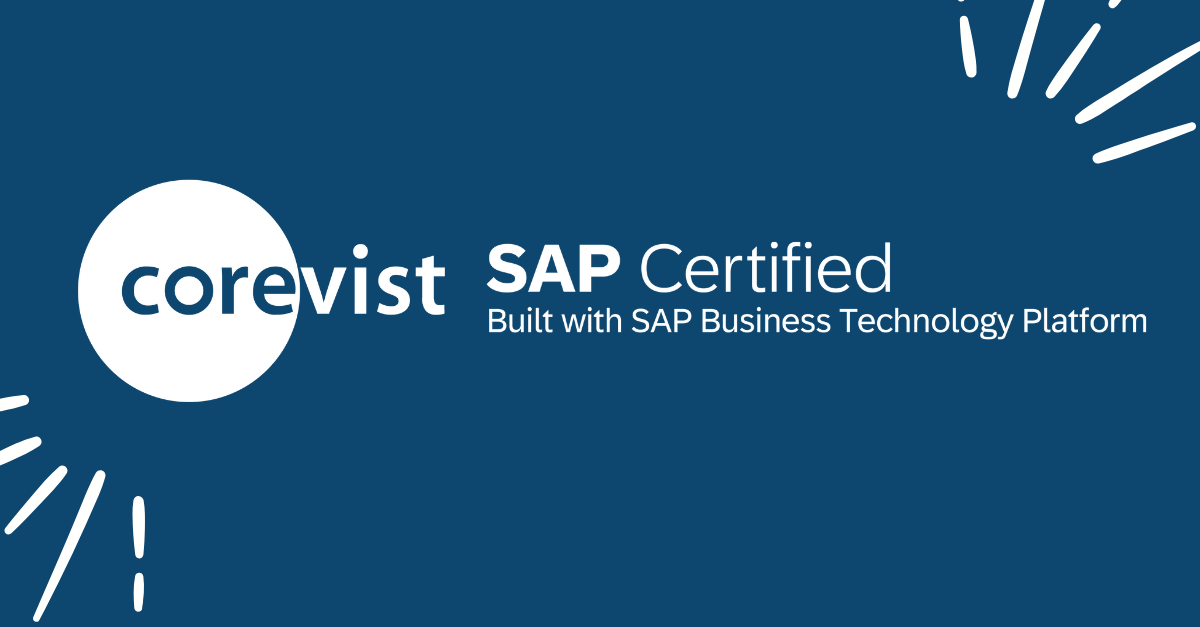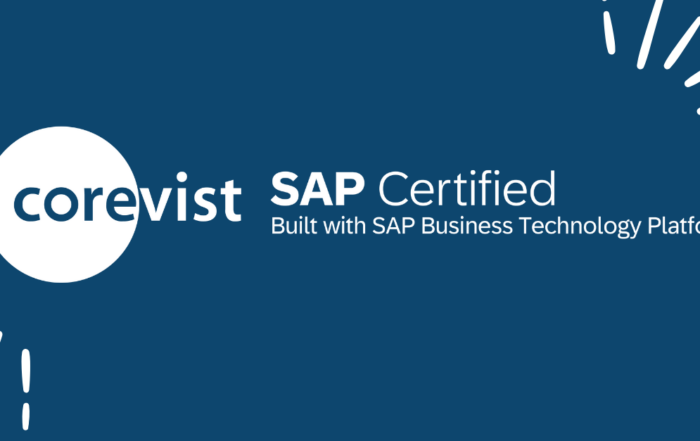Share
Author
Susan Wall
Share
If B2B eCommerce isn’t generating value, then something is broken.
But how do you quantify that value? Which B2B eCommerce KPIs matter most? Is there anything that hard data won’t tell you?
Every company will have different answers here, but one thing’s for sure: Some types of value are easy to quantify in B2B eCommerce. Others are far more difficult to track.
In this post, we’ll talk about two sides of the “hard data” coin—revenue gains and efficiency gains. Then we’ll consider the soft side, which is much harder to quantify (but no less important).
1. Revenue gains
Because B2B eCommerce analytics capture tons of detail, you get granular revenue intelligence that you can’t get any other way. Want to know which product pages your customers view the most before placing your biggest orders? You can do this with B2B eCommerce analytics. You can’t do it with print or digital catalogs and phone, fax, and email ordering.
And that’s just one example. Here are a few more.
Essential KPIs for B2B eCommerce revenue
- Revenue
- Conversion rates
- AOV (average order value)
- Transactions
- Top-selling products
- Top landing pages by revenue
- Number of orders
- Number of line items per order
That doesn’t even scratch the surface. If there’s a particular stat you want to know, chances are, B2B eCommerce can deliver it—particularly if your solution integrates with Google Analytics (as the Corevist Platform does).
And while revenue-related KPIs are essential, they’re only part of the story.
2. Efficiency gains
If your B2B eCommerce site integrates deeply with SAP, it empowers your customers to handle routine inquiries through self-service. This creates a huge opportunity to cut costs in your order-to-cash cycle.
So what’s the value of a self-service order tracking lookup (as opposed to a phone call or multi-part email interaction)? Can you really quantify that?
Absolutely!
Let’s do a little math.
Assume each customer service rep costs $60,000/year in fully loaded salary. Divide that by 2,080 work hours per year, and you get an hourly cost of $28.85.
Now think about your typical customer interaction through a rep. What tasks do your reps accomplish on behalf of customers? How long do those tasks take?
Let’s look in detail at each type of interaction. Then we’ll “guestimate” the average time spent.
Order creation interactions
Customers might call or email to ask about current product availability or what’s new in a forthcoming product line.
Placing an order via phone, fax, or email can get complicated. Maybe the customer sent the wrong SKU number—whether a typo, or requesting a product that they’re not allowed to buy. Maybe their procurement system specified last year’s price—or maybe they asked for 12 widgets, but you only sell them in blocks of 10. Clearly, there are many ordering scenarios that require back-and-forth communication with the customer.
Don’t overlook credit management, either. A customer may want to check their credit status before placing an EDI order—to ensure the order doesn’t go on credit block. They may also want to find out if they have any open invoices, and if so, how big that total balance is. They would love to pay off that open balance right now if they could.
Post-order interactions
Maybe the customer just needs to check on an existing order. They may want to get the status of different line items, knowing that a few were backordered. They’ll definitely want to know if anything has shipped—and if so, what items, where they are now, and when they should arrive.
Some of these interactions are simple, but some aren’t. That’s why we developed a basic rule here at Corevist for estimating the average cost of a self-service interaction: 15 minutes of a rep’s time, or roughly $7.00.
If that doesn’t sound like much, just multiply it by the number of customer inquiries you receive. It adds up fast.
You can actually track the value of switching to self-service. All you have to do is set up goals in Google Analytics that are associated with each action. That’s what we recommend here at Corevist.
Essential KPIs for B2B eCommerce efficiency gains
- Self-service inventory lookups
- Product catalog research
- Self-service order placement adhering to SAP business rules
- Status of orders, line items, and shipments
- Current credit status
- Invoice status
- Self-service invoice payments
As you can see, a self-service B2B eCommerce portal offers numerous opportunities for efficiency gains.
Now we’ve covered both sides of the “hard data” coin—revenue and cost cutting. But that’s still not enough to measure the true success of B2B eCommerce. Now we have to consider the soft side, which is much harder to quantify.
3. Cross-channel enablement for a better customer experience
Here’s what the market doesn’t talk about when it comes to the value of B2B eCommerce.
In some verticals, for some customers, purchasing through B2B eCommerce will never replace legacy processes and systems like EDI or procurement systems with punchout integrations. Some B2B eCommerce providers (those who only offer revenue-driving functionality) see a hard wall when they look at this. They consider EDI and procurement systems to be competing channels rather than complementary channels.
That’s so unfortunate!
In fact, a B2B portal empowers all customers with a consistent cross-channel experience. Consider these scenarios:
- An EDI customer visits the B2B portal to get real-time inventory availability and verify that they have the right pricing. The portal empowers them to do this in ~2 minutes, which saves time out of their day. After getting the info they need, they turn around and place the order through EDI. The B2B eCommerce site gets no credit for the sale, but it totally supported the customer in their needs—and it eliminated the cost of human interaction.
- A customer prefers to order through their favorite sales rep, but they want to get some pre-purchase information while traveling. At the airport, they check product information, pricing, and availability on their phone. Later, on a call with their favorite sales rep, they get the same information that they saw in the B2B portal. This total transparency builds trust with your customer, which is priceless. The customer places the order through the sales rep, and B2B eCommerce gets no credit.
- A lower-level employee researches products, pricing, and availability, then builds a cart in your B2B eCommerce site but doesn’t place the order. He takes his findings back to a buying committee. The buying committee gets all the information they need without taking up your rep’s time. The head of the buying committee (who has purchasing permissions in your B2B eCommerce site) comes back to the site and places the order. Congratulations! You just supported a complex purchasing process without human involvement. While the sale gets attributed to B2B eCommerce, it’s much harder to quantify your cost savings in supporting the buying process.
In all these cases, your customer experience (and internal efficiency) both look worse without B2B eCommerce.
Just think about it. The EDI customer has to work harder to get the information they need. The buyer who likes to work with a sales rep has to wait for the rep to get back to them with pre-purchase information. And the buying committee doesn’t get the transparent, immediate information they need to make a decision.
The takeaway: Look at the big picture
When it comes to B2B eCommerce value, you don’t want to miss the forest for the trees. Yes, granular KPIs are essential to running your program day-to-day—but arguably, the biggest things in B2B eCommerce are harder to quantify. Whether you leave them mysterious or develop an educated guess to measure them, one thing’s for sure: You need to look beyond raw sales data when evaluating B2B eCommerce. That’s how we calculate ROI here at Corevist.
Calculate Your ROI With Corevist
Don’t settle for cost overruns and scope creep
With modular packages and clear implementation timelines, we make it easy to predict your ROI.










